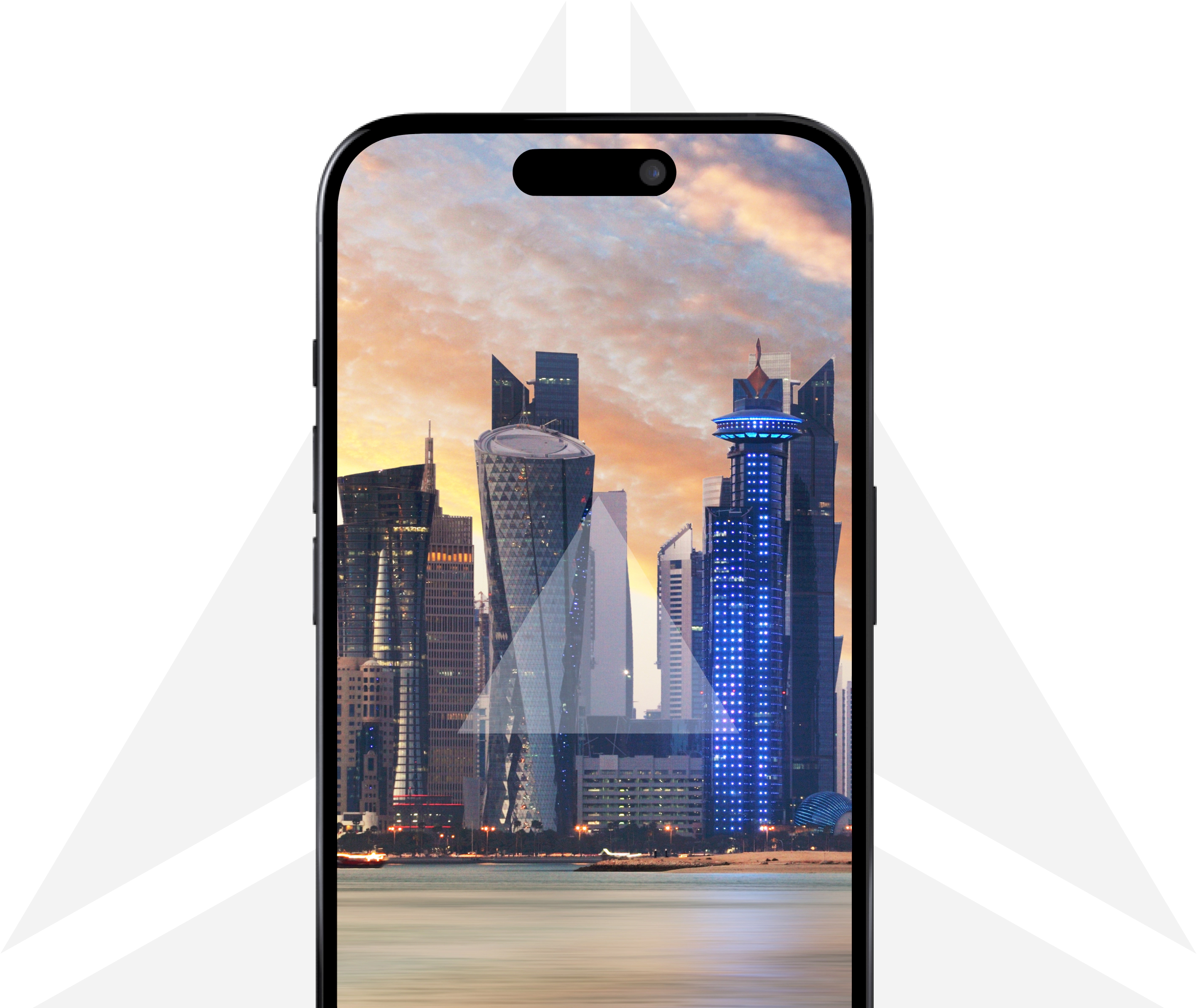Creating an inclusive mobile app that caters to every user, regardless of their abilities or disabilities, isn’t just a noble pursuit—it’s a necessity in today’s digitally driven world. “Accessibility First: Building Inclusive Mobile Apps for Every User” is a principle that emphasizes the importance of designing and developing mobile applications with the needs of all users in mind, from the outset. This approach ensures that everyone, including people with disabilities, can use, benefit from, and enjoy mobile technology. Here’s a deep dive into why accessibility matters and how to implement it in mobile app development company.
Understanding Accessibility
Accessibility in the context of mobile apps refers to the design and development practices that make apps usable for people with a wide range of disabilities, including visual, auditory, motor, and cognitive impairments. This means creating applications that can be easily navigated and understood by everyone, adapting to the needs of users with different abilities.
Owkeburj | spintowingames | latestslotgame | pokerblogsite | Onlinejackpotss | theonesee | atomicclarity
Why Accessibility Matters
Ethical Responsibility:
Ensuring that digital products are accessible to all users is a matter of civil rights and social inclusion. It’s about giving equal access to information and functionality, allowing everyone to participate fully in society.
Legal Compliance:
Many countries have laws and regulations requiring digital accessibility, such as the Americans with Disabilities Act (ADA) in the United States. Non-compliance can lead to legal repercussions.
Broader Market Reach:
By considering accessibility, developers can tap into a larger market of users who might be excluded due to disabilities. This inclusivity can lead to increased downloads and user engagement.
Improved User Experience:
Designing with accessibility in mind often results in a better user experience for all users, not just those with disabilities. Features like clear navigation and voice commands can enhance usability for everyone.
Implementing Accessibility First
Start with Inclusive Design:
Inclusive design involves considering the full range of human diversity, ensuring that apps are usable by people of all abilities and backgrounds. This approach encourages empathy and innovation, leading to more universally usable products.
Follow Accessibility Guidelines:
The Web Content Accessibility Guidelines (WCAG) provide a framework for making digital content accessible. Although primarily web-focused, these guidelines are applicable to mobile app development company in Qatar as well, covering principles like perceivability, operability, understandability, and robustness.
Use Accessibility Tools and Testing:
Many development environments and platforms offer tools to test and enhance accessibility. For example, Apple’s VoiceOver and Android’s TalkBack are screen readers that help developers understand how an app works for users who are visually impaired.
Engage with Users:
Including users with disabilities in the testing process can provide invaluable insights into the usability of your app. User feedback can highlight issues that automated tools might miss and suggest practical improvements.
Consider All Types of Disabilities:
It’s important to cover a broad spectrum of disabilities in your accessibility efforts. This includes designing for users with temporary disabilities (like a broken arm), situational disabilities (such as bright sunlight affecting screen visibility), and permanent disabilities (like hearing loss).
Key Accessibility Features for Mobile Apps
Text to Speech:
Incorporating text-to-speech functionality can aid users with visual impairments or reading disabilities, making content more accessible.
Voice Commands:
Allowing users to navigate and interact with your app through voice commands can significantly enhance accessibility for users with motor impairments.
Adjustable Text Size:
Users should be able to adjust text sizes within your app to accommodate various visual preferences and needs.
High Contrast and Color-Blind Modes:
Implementing high contrast modes and designing with color blindness in mind can make your app more usable for users with visual impairments.
Simple Navigation:
Ensuring that your app can be navigated easily and predictably is crucial for users with cognitive disabilities.
Moving Forward with Accessibility
Building inclusive mobile apps by software development company Dubai is an ongoing process that requires commitment, creativity, and continuous learning. As technology evolves, so too do the opportunities to enhance accessibility. Developers and designers must stay informed about the latest accessibility standards, tools, and user needs.
Conclusion
“Accessibility First” is more than just a development strategy; it’s a commitment to inclusivity and equality. By prioritizing accessibility from the start, mobile app developers can create products that aren’t just usable by the widest possible audience but are also more user-friendly, innovative, and compliant with legal standards. In doing so, we can help ensure that the digital world is open and accessible to everyone, fostering a more inclusive society.

